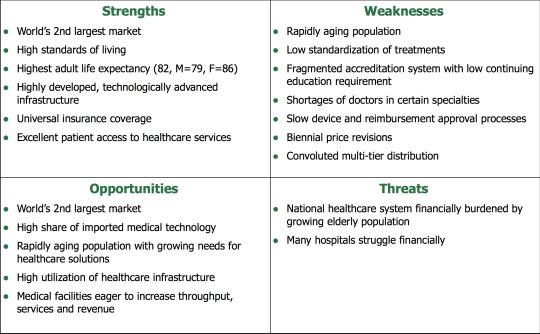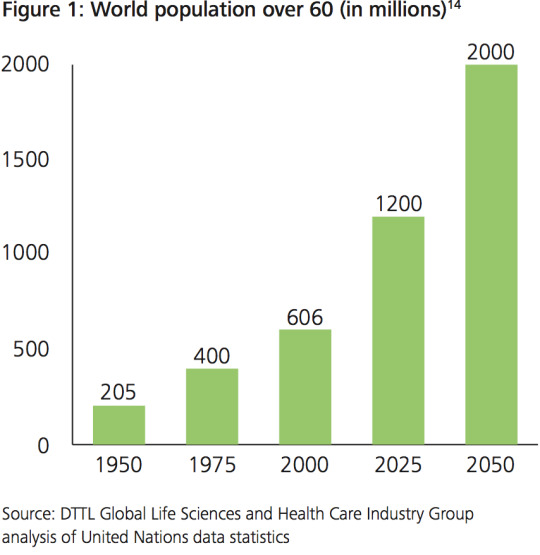Text
Advice to management
1. Moving from volume- to value-based care
- Learn how to manage risks
- Be flexible with analyzing procedures
2. Technological- driven transformation
- Focus on workflow information systems like ( EHR, portals, mhealth systems, home & remote monitoring).
- Harnessing big data through analytic and predictive modeling to manage risk to improve clinical effectiveness.
3. Managing expectations
- implementation and innovative care delivery models
- work with employers on strategies
to manage the increasing cost of care
- Helping consumers to understand the value of the product they are buying and how to use it effectively.
0 notes
Text
How can organizational culture promote innovation that can lead to better business performance
It is widely acknowledged that technological changes and innovation are major drivers of economic growth and lie at the very heart of the competition process.
• Implement new business strategies
• Improve the quality of services and care
Ensuring that organizational activities are linked to overall strategy
To the success of business organizations, employees’ contributions are very important. In innovation-based strategies, it has a great importance for employees to work with endeavor by combining their own personal goals and organizational goals.Help to define performance targets / goals across the key aspects of service delivery, including management of resources (personnel, infrastructure), customer service and financial viability
Personal Experience Hospital in Bulgaria have problems like unskilled employees , doctors working on their job only for money and not helping people get cured, there is not a good system to register yourself or an easy way to find the correct doctor for your disease and from there are coming a lot more trouble for the clients and the hospitals. Problems like those usually occur when there is not enough financing from the government or unskilled CEO of the hospital. Those problems interfere with the life of the people and can be avoided if the right business strategies are implemented. Some of the hospitals have move severe problems than others and taking measures for fixing them is usually left for later until people forget about them or an accident happens. In my opinion hospitals in Bulgaria can improve drastically if they take advice from Gallup and start by making small steps at a time, success will follow soon after. ��
0 notes
Text
Introduction
One of the most important research questions in the field of strategic management is the innovation, performance differences between companies that compete with each other in product/service market and the way to sustain competitive advantage. Innovation is one of the most important capabilities to differentiate products, services, procedure, and overall our business in order to gain superior performance outcomes.
It’s very true that the organizational structure of many health care companies conflicts with the practice of innovation, which adversely affecting the business performance and the patient outcomes.
0 notes
Text
According to Gallup
Creating a comprehensive performance management outline helps organizations in the NHS to achieve improvement by:
· Identifying areas of best practice
Select employees based on talent. To accelerate success, hospital leaders began using Gallup's scientific approach for sourcing, selecting, and hiring the best employees. The hospital applies Gallup's selection science at all levels -- for nurses, executives, and front-line employees -- to upgrade the organization's overall talent base. And because manager selection is the most important decision executives make, the hospital CEO uses a research-based process to select managers based on talent, demanding that all teams have great leaders.
· Focusing on continuous improvement
Invest in ongoing employee development. With the right hiring strategy in place, hospital leaders and managers implemented a strengths-based approach to developing employee talent. Managers partnered with Gallup to rework their performance management systems to focus on employee strengths, encouraging each employee to connect his or her strengths with role expectations.
· Taking action to improve health services
Emphasize engagement from the top down. After measuring employee engagement, hospital managers and leaders worked with Gallup to implement the strategy, tools, and solutions to grow engagement. The hospital benefits by emphasizing engagement at all levels .The CEO sets the tone by stressing the importance of building and sustaining engagement, and managers demonstrate their commitment by helping teams set goals and maintaining accountability for meeting them. Managers also ensure that employees know what is expected of them.
0 notes
Text
Effects of standardization in the USA (Healthcare perspective)
Patient perspective:
Higher unemployment, higher costs of healthcare (such as taxes, premiums, and other out-of-pocket costs). Patients are afraid about lower quality of care, the trust between patient and provider is vanishing. The VMEMES are changing from blue to beige.
Payer perspective:
Government implementing standardization. Competition, consolidation and mergers/acquisitions to reap down benefits from standardization. The relation between provider and customer is more direct, while payers are being alienated. Payers have lower margins because of the rising costs of insurances. The fear of losing power is becoming greater with every moment, so the payers will stick together to gain market share and cost efficiencies. The VMEMES are changing from red to purple.
Provider:
Providers shift to multi-specialty group practices, or ally with each other to mitigate risk and increase income. The transparency therefore is increasing, which means that will lead to greater education and higher demands from members, which will drive to achieving more power in the economic system by the providers. VMEMES stay red.
0 notes
Text
According to Vincent K. Omachonu and Norman G. Einspruch, there are 10 questions, if can be answered, will lead to healthcare innovativeness.
I. How would innovation affect the key stakeholders of a healthcare organization?
II. What are the implications of a particular healthcare innovation on treatment, diagnosis, prevention, education, research and outreach?
III. Since every organization is different in terms of its culture, leadership, people, and resources, what steps are taken by individual healthcare organizations in adapting an existing technology for their purposes?
IV. What are the principal catalysts for healthcare innovations – the patients, physicians, costs, safety, quality, profitability, productivity, etc.? The Innovation Journal: The Public Sector Innovation Journal, Volume 15(1), 2010, Article 2. 16
V. How do physicians, nurses and other clinical professionals learn about the latest innovations in their fields? Is it done through conferences, medical journals, from colleagues, other professions, etc? What are the barriers to disseminating healthcare innovation? What is the average time it takes for disseminating innovation? What is the cost of delays in disseminating healthcare innovation?
VI. To what degree do regulatory compliance issues drive the necessity for healthcare innovation?
VII. How much does healthcare innovation depend on information technology? In which of the following sectors (treatment, diagnosis, research, outreach, education, and prevention) is the application of information technology more prevalent, and why?
VIII. Consider the four quadrants presented as part of Figure 3. What is the nature of the interaction between new and existing technology and new and existing services? Are there differences that are driven by the type of healthcare facility or organization?
IX. With regards to innovations in healthcare, how much ―cross pollination‖ occurs within the various professions represented in healthcare? For example, do nurses come up with innovative ideas that mainly support nursing practice, or do nurses get help from other disciplines?
X. How should the healthcare industry address the issues of maintainability, sustainability and usability with regards to healthcare innovation?
0 notes
Quote
There are seven critical success factors for the dissemination of health care innovation,
• Formal mechanisms to find sound innovations that should be disseminated
• Find and support innovators
• Invest in early adopters
• Make early adopter activity observable
• Trust and enable reinvention
• Create slack (including resources) for change
• Lead by example
Berwick (2003)
0 notes
Photo

Paradigm Shift
Japan Healthcare Market Characteristics, Huge Capacity and High Utilization
0 notes
Photo


Change & resistance
1. Aging population and chronic disease
chronic diseases — heart disease, stroke, cancer, chronic respiratory diseases, diabetes, and mental illness. Chronic diseases are, by far, the leading cause of mortality in the world, representing 63 percent of all deaths.
2. Cost and quality
Europe is spending 10 percent, public and private funding systems are economically stressed. High health care costs are adversely impacting patients as well as providers and insurers.
Sometimes, a bigger danger to patients is not their disease but the hospitals that treat them. Unfortunately, higher costs do not necessarily correlate to better results or higher-quality care, even in developed countries.
1.7 million patients develop infections while in the hospital, and 99,000
die as a result.
3. Access to care
Congressional Budget Office (CBO) has estimated
that, by 2020, approximately 24 million people will purchase coverage through the new federal and state health insurance exchanges
0 notes
Link
The Paradigm of health care industry
What happen up until now?
Across the globe there have never been more health care challenges than there are today. However, these challenges can push stakeholders to innovate in new and exciting ways and to generate scientific, medical, and care delivery breakthroughs that can improve the health of people worldwide.
Life expectancy is projected to increase from an estimated 72.6 years in 2012 to 73.7 years by 2017, bringing the number of people over age 65 to around 560 million worldwide, or more than 10 percent of the total global population.
0 notes
Text
The effects of organizational culture and innovativeness on business performance in the Health Care Industry
0 notes






